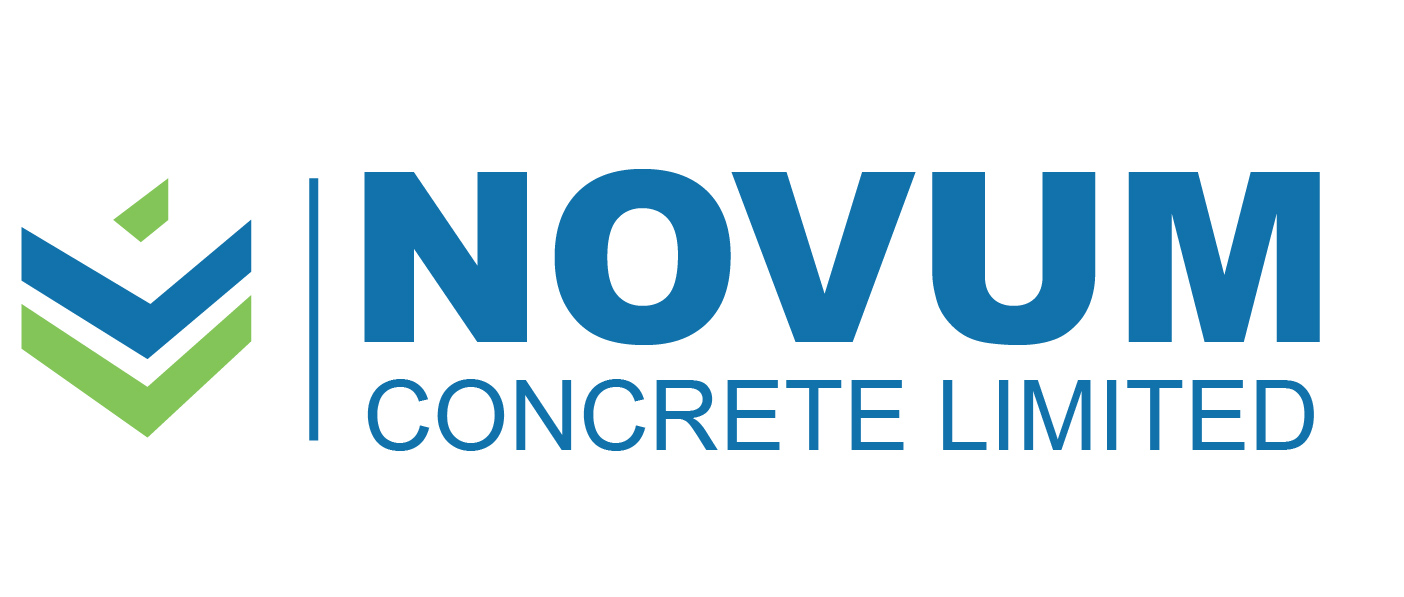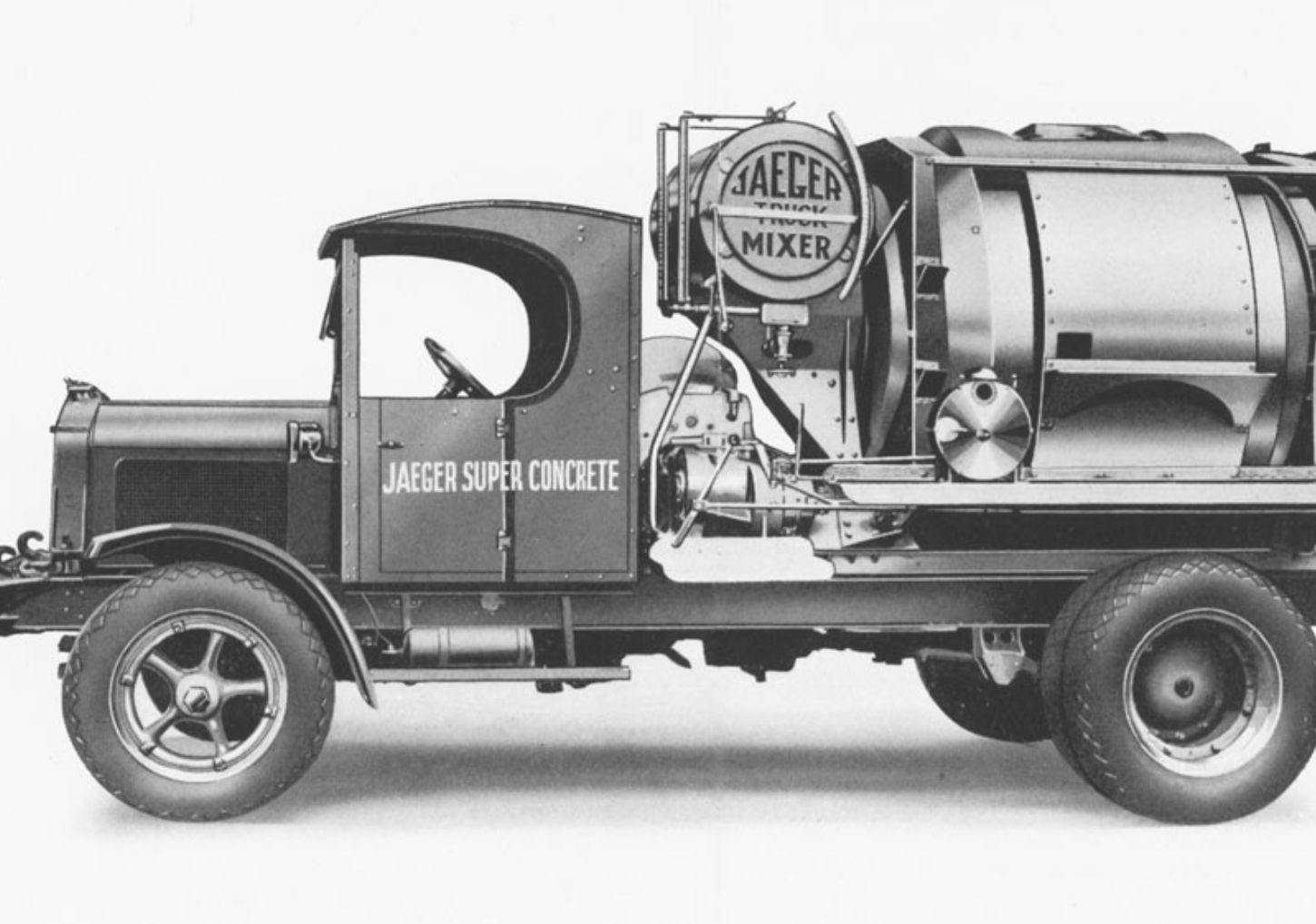
Ready-Mix Concrete: Where It All Begun
Ready-mix concrete is one of the most revolutionary building materials available today. It’s the backbone of modern construction, enabling everything from towering skyscrapers to massive road networks.
But how did this remarkable material come to be? Let’s dive into the history of ready-mix concrete, from its early beginnings to its status today as the world’s second-most used material.
The Very Beginning: Ancient Uses of Concrete
Concrete has ancient roots, with evidence of its use dating back thousands of years. Early civilizations like the Egyptians, Romans, and even the Mayans used forms of concrete, although their mixes were quite different from what we know today.
Ancient Egypt
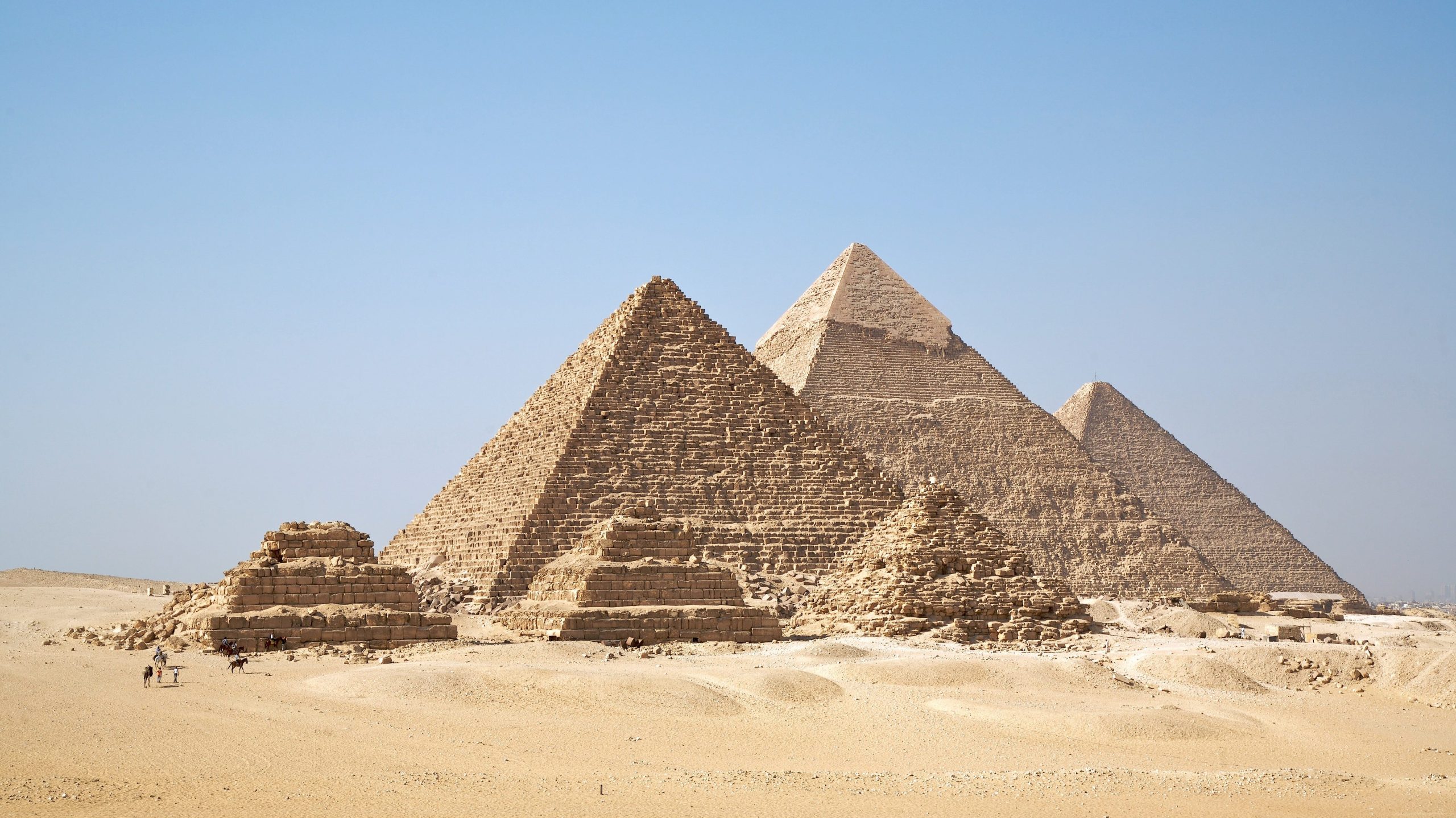
The Egyptians used a type of concrete over 4,000 years ago. They used mud and straw as an early form of binder for bricks, which eventually led to their use of gypsum and lime to create more durable structures.
Roman Innovation
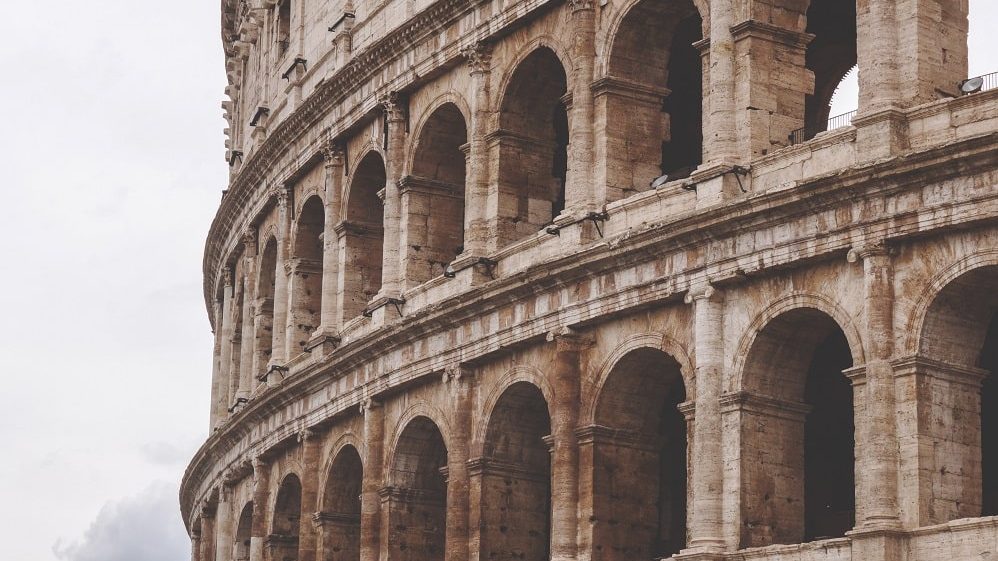
The Romans were the true pioneers, developing a mix that used volcanic ash, lime, and seawater to create what is known as Roman concrete. This material proved so durable that structures like the Pantheon and the Colosseum still stand today, testament to its lasting strength and versatility.
Despite these early advancements, these ancient forms of concrete were made on-site and manually mixed, which limited consistency and quality.
That was until…
Evolution Through the 20th Century: The Rise of Ready-Mix Concrete
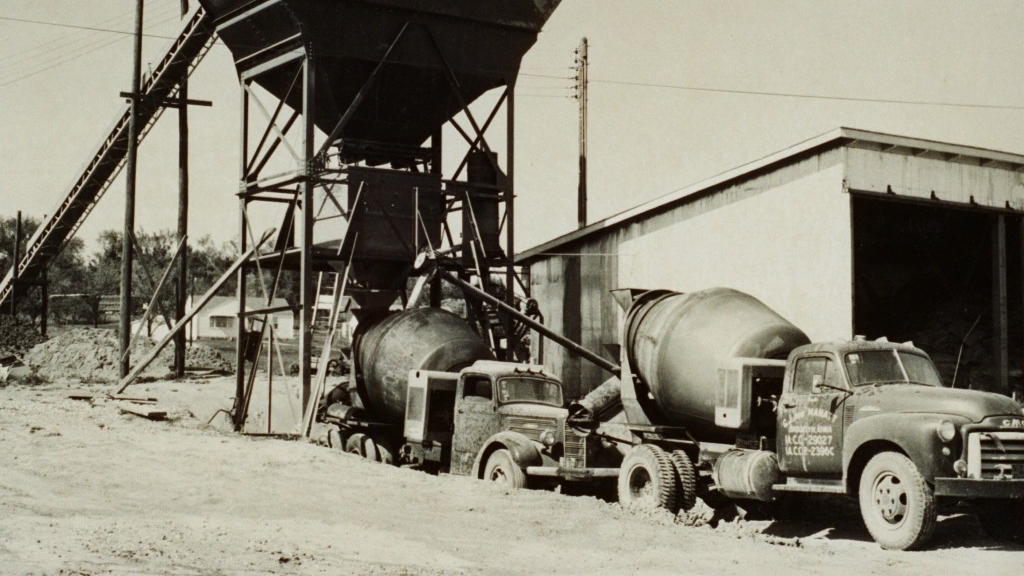
The idea of ready-mix concrete first took shape in the early 20th century. In 1903, German engineer Jürgen Heinrich Magens patented a concrete mixer and started delivering ready-mix concrete to construction sites in Germany. Soon, the technology spread, and by the 1920s, ready-mix concrete plants were established in the United States and Europe.
By the mid-20th century, ready-mix concrete was already becoming essential for large infrastructure projects. The demand for high-quality concrete that could be delivered ready to pour saw rapid growth.
Key advancements during this time included:
- Improved Mixing Technology: Mixers were developed to keep concrete in motion during transport, preventing it from hardening prematurely and ensuring even consistency.
- Batching Plants: Automated batching plants emerged, capable of precisely measuring and mixing aggregates, cement, and water, which allowed for high-volume production and consistency in large projects.
- Admixtures: New chemical additives allowed for specific properties, such as faster drying times, increased strength, and improved weather resistance, to suit different construction requirements.
By the 1960s, ready-mix concrete had become a staple in construction projects across the world.
Read More:
The Biggest Ready-Mix Concrete Projects In The World – Ranked
Something for Everyone: How Tuk Tuks Are Serving Our Community
Ready-Mix Concrete Today: Second Only to Water in Use
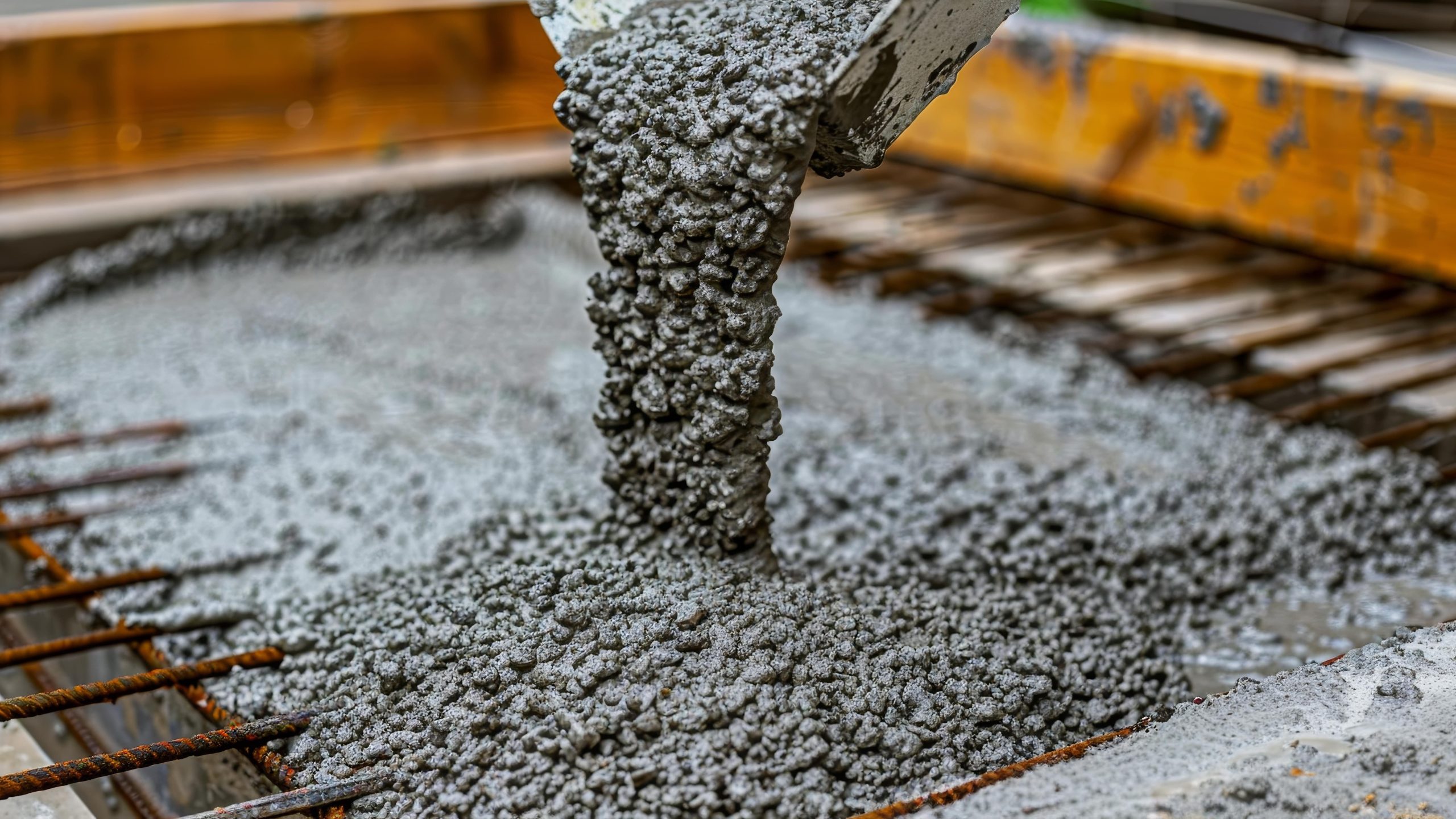
Today, ready-mix concrete is the second most consumed material on Earth, after water. Its applications span all kinds of construction, from residential and commercial buildings to critical infrastructure.
Technological advancements have further refined its production and delivery, ensuring that ready-mix concrete meets the specific requirements of each project.
Some key modern developments include:
- Environmental Sustainability: Ready-mix concrete has evolved to address environmental concerns. Today’s production methods use lower carbon footprints, and recycled materials like fly ash or slag are incorporated to reduce environmental impact.
- High-Performance Concrete: With modern advances, ready-mix concrete can be made stronger, more durable, and even self-healing, making it ideal for longer-lasting infrastructure projects.
- Advanced Admixtures and Superplasticizers: These innovations allow for concrete to flow easily, fill intricate forms, and support high-performance construction, especially for complex architectural designs.
Why Ready-Mix Concrete is the Ideal Choice for Modern Construction
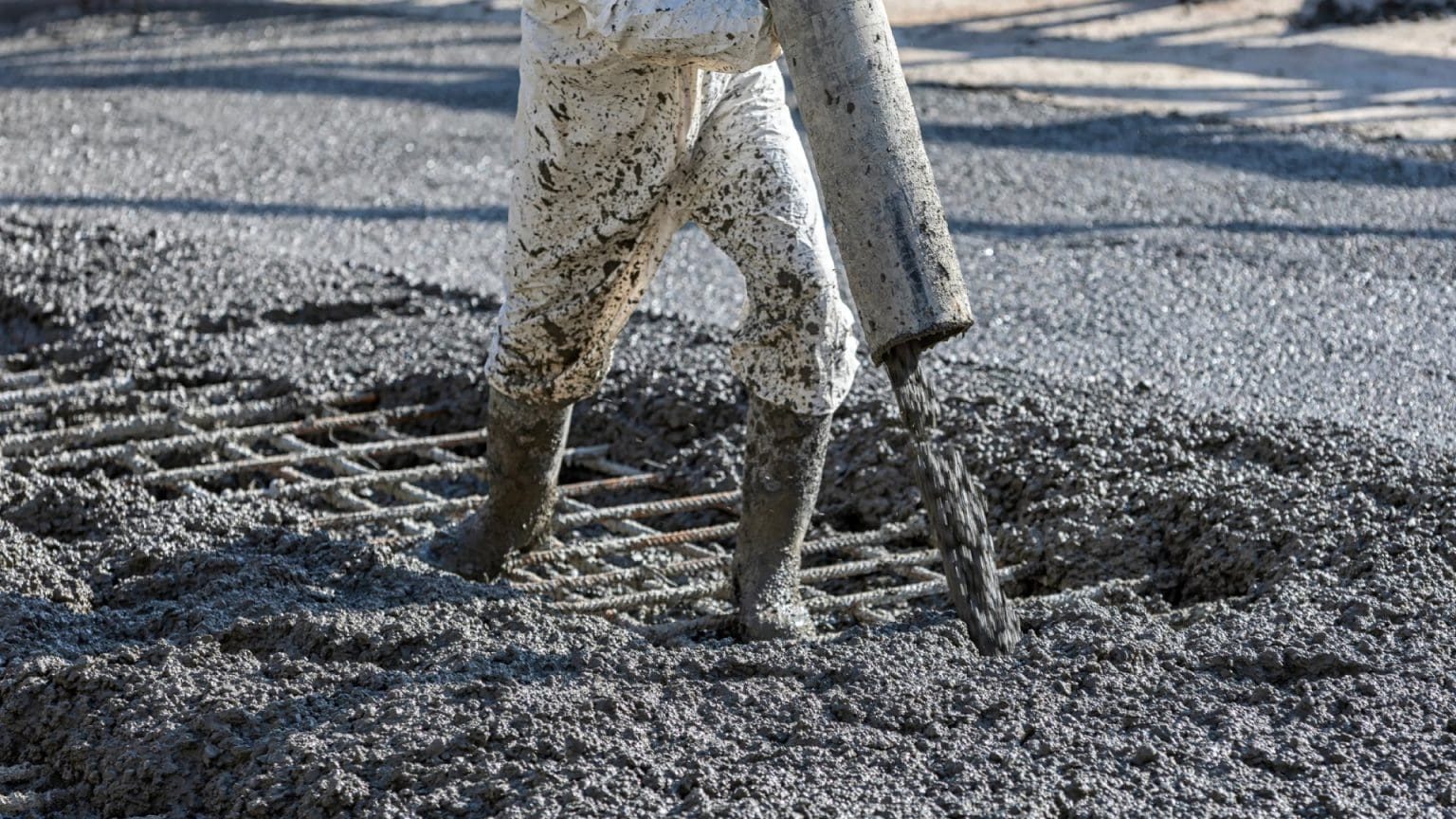
Ready-mix concrete has become indispensable in modern construction because it offers several unmatched advantages:
- Precision and Consistency: Made in a controlled environment, ready-mix concrete provides a consistent, high-quality product every time.
- Efficiency and Cost-Effectiveness: Delivered directly to the site, ready-mix concrete saves time and reduces labour costs, allowing projects to proceed smoothly and efficiently.
- Enhanced Durability and Strength: With carefully calculated mixtures and high-quality ingredients, ready-mix concrete is more durable, withstanding extreme conditions and reducing maintenance costs.
- Environmental Responsibility: Ready-mix concrete production increasingly uses eco-friendly practices, with less waste and more sustainable materials, helping to reduce the carbon footprint of construction projects.
Ready-Mix Concrete in Kenya: Building the Future with Novum Concrete
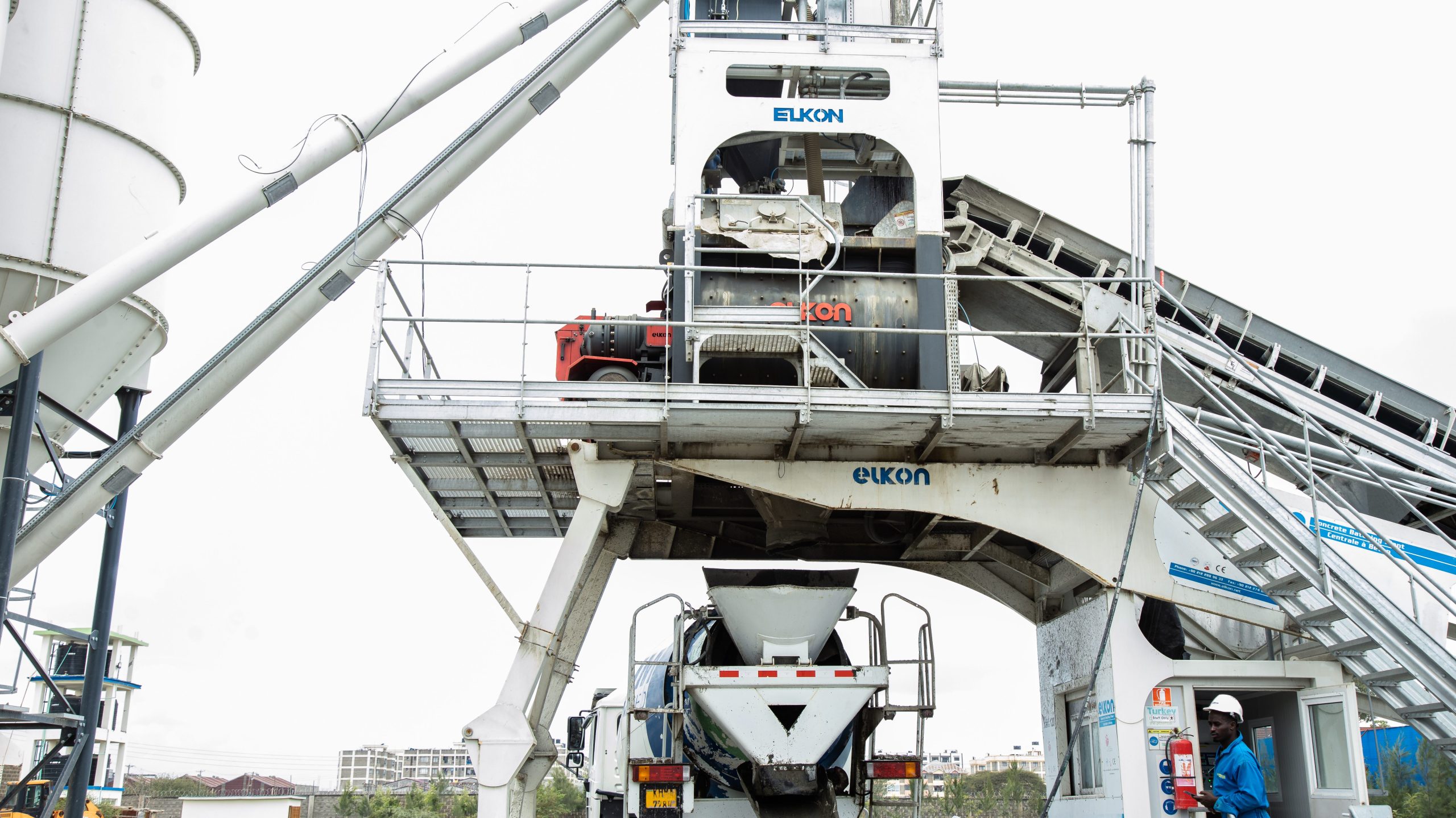
In Kenya, ready-mix concrete is transforming the construction industry. At Novum Concrete, we take pride in offering ready-mix concrete solutions that meet the unique demands of Kenyan projects. Whether you’re building residential homes, commercial centres, or vital infrastructure, ready-mix concrete is your answer for strength, reliability, and sustainability.
Our batching plants are equipped with cutting-edge technology, and our team is dedicated to delivering concrete that is tailored to your specifications.
We’re proud to be part of the evolution of concrete, bringing modern solutions to the builders of our beloved country.
